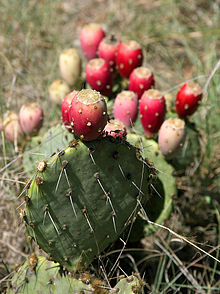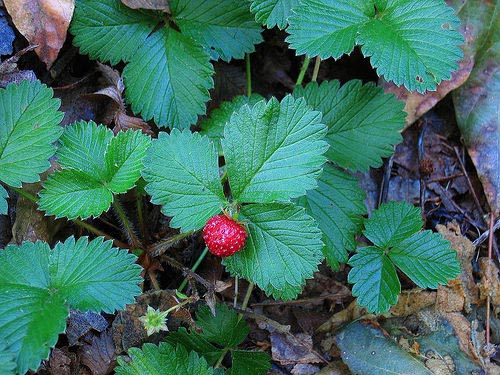
Familiarize yourself with edible wild plants before you get into a survival situation, in which case you’ll have a good idea of which wild plants you can eat if necessary.
Universal Edibility Test
There are many plants throughout the world. Tasting or swallowing even a small portion of some can cause severe discomfort, extreme internal disorders, and even death. Therefore, if you have the slightest doubt about a plant's edibility, apply the Universal Edibility Test before eating any portion of it.
Before testing a plant for edibility, make sure there are enough plants to make the testing worth your time and effort. Each part of a plant (roots, leaves, flowers, and so on) requires more than 24 hours to test. Do not waste time testing a plant that is not relatively abundant in the area.
Remember, eating large portions of plant food on an empty stomach may cause diarrhea, nausea, or cramps. Two good examples of this are such familiar foods as green apples and wild onions. Even after testing plant food and finding it safe, eat it in moderation.
You can see from the steps and time involved in testing for edibility just how important it is to be able to identify edible plants.
To avoid potentially poisonous plants, stay away from any wild or unknown plants that have:
- Milky or discolored sap.
- Beans, bulbs, or seeds inside pods.
- Bitter or soapy taste.
- Spines, fine hairs, or thorns.
- Dill, carrot, parsnip, or parsley like foliage.
- "Almond" scent in woody parts and leaves.
- Grain heads with pink, purplish, or black spurs.
- Three-leaved growth pattern.
Using the above criteria as eliminators when choosing plants for the Universal Edibility Test will cause you to avoid some edible plants. More important, these criteria will often help you avoid plants that are potentially toxic to eat or touch.
An entire encyclopedia of edible wild plants could be written, but space limits the number of plants presented here. Learn as much as possible about the plant life of the areas where you train regularly and where you expect to be traveling or working. Listed below and later in this chapter are some of the most common edible and medicinal plants.
TEMPERATE ZONE FOOD PLANTS
- Amaranth (Amaranthus retroflexus and other species)

- Arrowroot (Sagittaria species)
- Asparagus (Asparagus officinalis)
- Beechnut (Fagus species)
- Blackberries (Rubus species)

- Blueberries (Vaccinium species)
- Burdock (Arctium lappa)
- Cattail (Typha species)
- Chestnut (Castanea species)
- Chicory (Cichorium intybus)
- Chufa (Cyperus esculentus)
- Dandelion (Taraxacum officinale)
- Daylily (Hemerocallis fulva)
- Nettle (Urtica species)
- Oaks (Quercus species)
- Persimmon (Diospyros virginiana)

- Plantain (Plantago species)
-300.JPG)
- Pokeweed (Phytolacca americana)
- Prickly pear cactus (Opuntia species)

- Purslane (Portulaca oleracea)
- Sassafras (Sassafras albidum)
- Sheep sorrel (Rumex acetosella)
- Strawberries (Fragaria species)

- Thistle (Cirsium species)
- Water lily and lotus (Nuphar, Nelumbo, and other species)

- Wild onion and garlic (Allium species)
- Wild rose (Rosa species)
- Wood sorrel (Oxalis species)
TROPICAL ZONE FOOD PLANTS
- Bamboo (Bambusa and other species)
- Bananas (Musa species)

- Breadfruit (Artocarpus incisa)
- Cashew nut (Anacardium occidental)
- Coconut (Cocos nucifera)
- Mango (Mangifera indica)
- Palms (various species)

- Papaya (Carica species)
- Sugarcane (Saccharum officinarum)
- Taro (Colocasia species)

SEAWEEDS
- Dulse (Rhodymenia palmata)
- Green seaweed (Ulva lactuca)
- Irish moss (Chondrus crispus)

- Kelp (Alaria esculenta)

- Laver (Porphyra species)
- Mojaban (Sargassum fulvellum)

- Sugar wrack (Laminaria saccharina)
Source: http://www.wilderness-survival.net
No comments:
Post a Comment